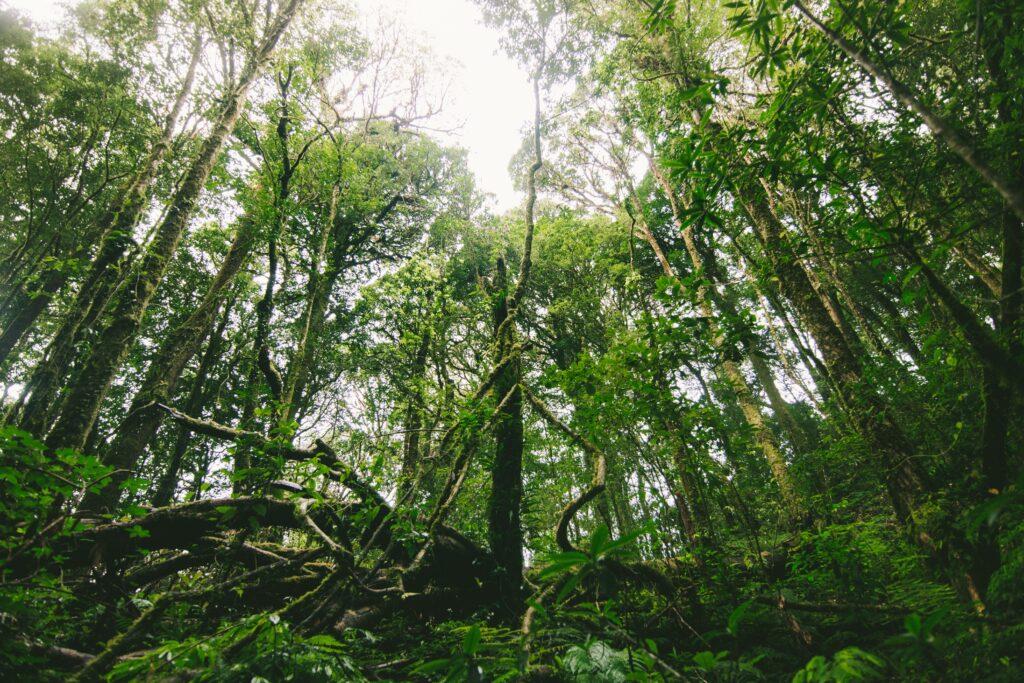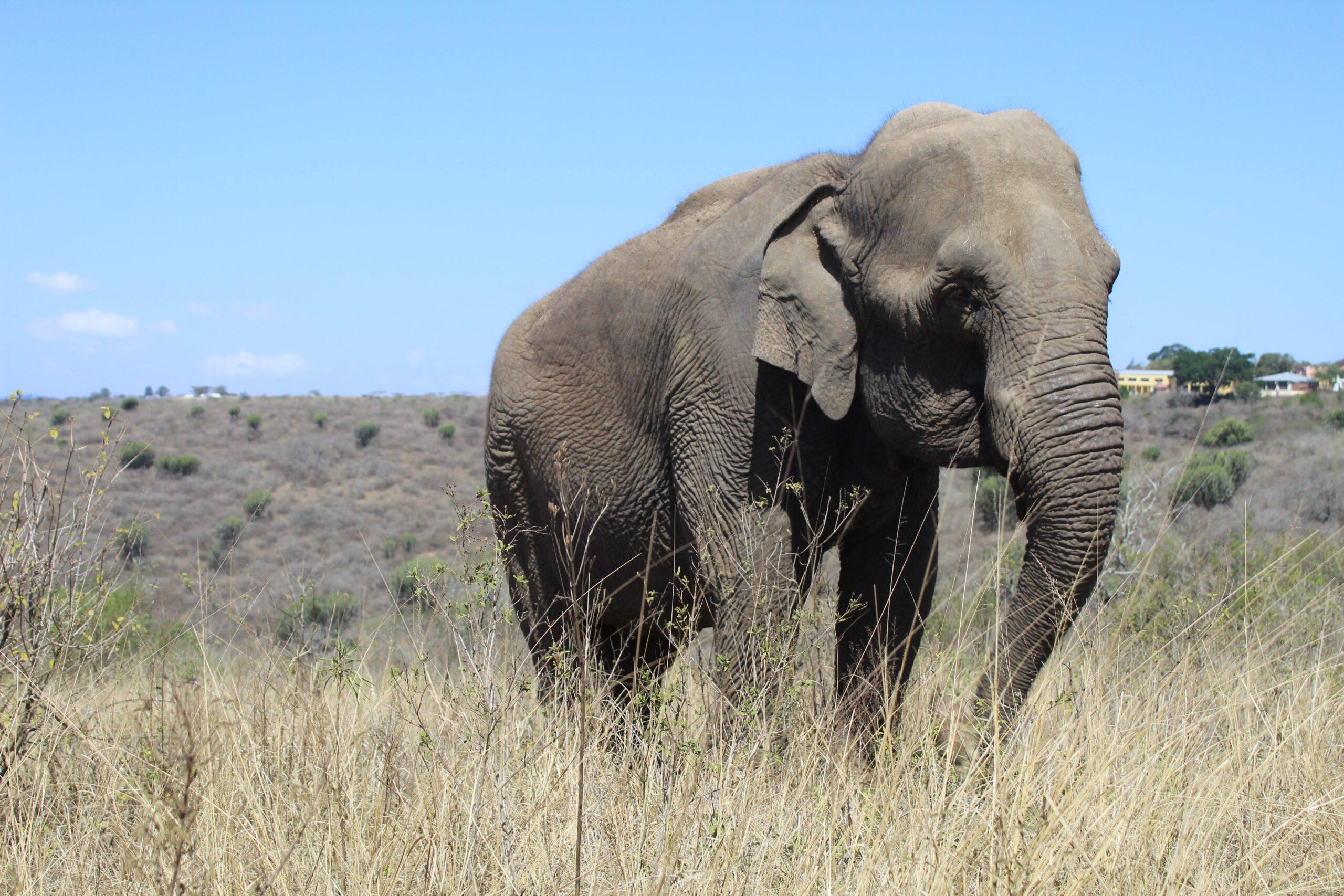In the midst of Nairobi’s urban transformation, a narrative of coexistence and conservation unfolds—one that celebrates the delicate balance between urban growth and the preservation of nature’s treasures. Faced with the challenges of urbanization and habitat loss, community-based conservation initiatives are taking root, emphasizing the vital role that local residents play in protecting wildlife and preserving habitats. As Nairobi embraces this paradigm shift, the city’s commitment to community-led conservation emerges as a powerful force that not only safeguards biodiversity but also nurtures a deeper connection between people and the natural world.

Preserving biodiversity amid urban growth. Nairobi’s rapid urbanization has led to encroachment on natural habitats and ecosystems. The city’s focus on community-based conservation recognizes that these spaces are not just home to diverse species but also essential to maintaining a balanced ecosystem that benefits both wildlife and humans.
Empowering local communities as stewards. Community-led initiatives place local residents at the forefront of conservation efforts. By involving communities in decision-making, education, and direct participation, Nairobi empowers them to become stewards of their environment, ensuring a more sustainable future.
Balancing human needs with conservation. Community-based conservation acknowledges that human livelihoods and wildlife conservation are interconnected. By finding ways to harmonize these interests, Nairobi fosters solutions that respect the needs of both people and wildlife.
Educating and raising awareness. Nairobi’s efforts in community-based conservation extend to education and raising awareness. Through workshops, educational programs, and outreach, the city equips residents with the knowledge and understanding needed to appreciate and protect their natural surroundings.
Economic benefits of conservation. Community-based conservation is not only about protecting the environment—it also brings economic benefits to local communities. Initiatives like ecotourism, sustainable agriculture, and handicrafts create income-generating opportunities that incentivize residents to participate in conservation efforts.
Restoring and rehabilitating habitats. Nairobi’s commitment to community-based conservation extends to habitat restoration and rehabilitation. By engaging communities in reforestation projects, wetland protection, and habitat restoration, the city transforms degraded landscapes into thriving ecosystems.
Partnerships drive impact. Collaboration between government bodies, NGOs, local communities, and conservation organizations amplifies the impact of community-based conservation initiatives. Partnerships that share resources, knowledge, and expertise create a holistic approach to conservation.

Cultural heritage and conservation intertwined. Community-based conservation also recognizes the cultural significance of wildlife and natural areas. Nairobi’s efforts not only protect biodiversity but also safeguard cultural heritage and traditional knowledge that are closely tied to the natural world.
In conclusion, Nairobi’s embrace of community-based conservation is a testament to its commitment to sustainable urban development and the preservation of nature’s wonders. By preserving biodiversity, empowering communities, balancing human needs, raising awareness, fostering economic benefits, restoring habitats, nurturing partnerships, and honoring cultural heritage, the city shapes a future where urbanization and conservation coexist in harmony. Through these collective efforts, Nairobi becomes a model of responsible coexistence—a city where people and wildlife thrive side by side, and where the love for nature is the foundation for a resilient and vibrant urban landscape.




